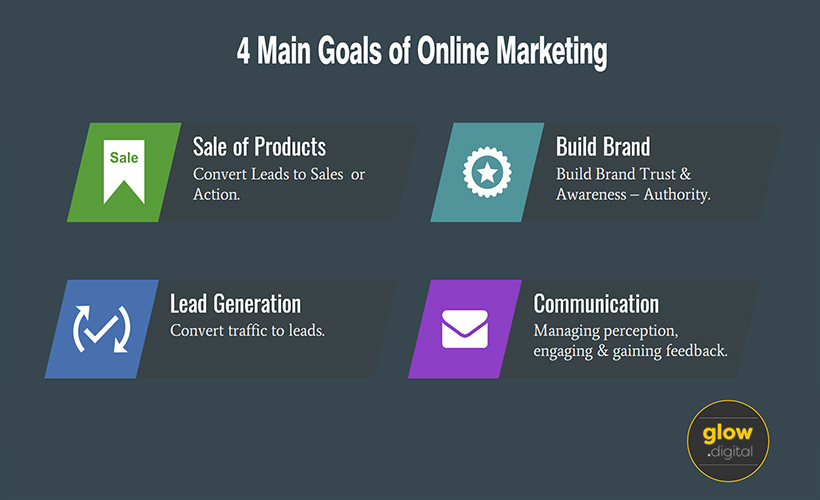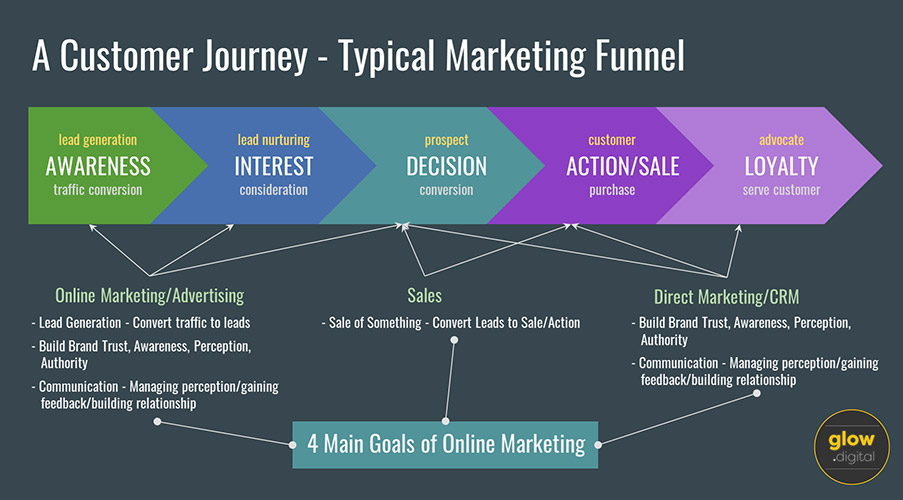
If you have been asking the question, “What is Content Marketing and how can it help my organisation?” then this article is for you. Having worked in technology, media and marketing for years, I realise that the terminology and buzzwords can often cause confusion to people who are at the beginning of their journey. The saying, “There is nothing new under the sun!” is very true in the world of online marketing despite the incredible pace and opportunities that are being created by technology and social media platforms. The principles are not new though, and the fundamentals of business and nature of communication are still the same.
The ability to reach people and communicate faster with rich media is constantly changing, but the principles of communication and marketing are not new. Maslow’s Hierarchy of Needs is still fundamental and true. The 4 P’s of marketing still apply (I like the idea of the 5th P – People). The 4 C’s of marketing is an alternative to the 4-P’s trying to describe the same thing from a different perspective, but still relevant. If you look past all the principles and strategies, the bottom line is that marketing is all about you – an audience or potential client. Helping you achieve a goal, solve a problem or meet a need is what it is all about. Even building brand reputation is about influencing your opinion of my brand – it’s still all about you.

The 4 Fundamental Goals of Marketing
I believe these are the 4 fundamental goals of marketing – general goals that apply to most organisations at a high level. Each goal can be extrapolated into several other tactical or business-specific goals, but the heart of each goal is to achieve a result that is common to most businesses, industries and causes. Below are the 4 fundamental goals of marketing in no particular order.
1. Sale of Something
A common goal of marketing is about trying to sell you something – a service, a product, a cause or fundraising need. Direct sales and advertising are mostly used, and the goal is to convert a lead to a sale or action leading to a sale. I’m not going to discuss advertising here, but a key to success is to know what your potential customers want or need and have a solution for them at an acceptable price. Landing Pages and Sales Funnels are just two great tools in the online marketing world to help achieve this goal.
2. Build Your Brand
All marketing efforts in some way or another should be building your brand. It is an ongoing goal to authentically build your brand trust, awareness, perception and authority.
3. Lead Generation
As a precursor to the sales goal, a large amount of marketing effort is used to create traffic and convert this traffic to leads. Advertising and content marketing are both effective at this.
4. Communication
Another underlying goal of marketing is communication. We are living in a digital buzz of communication, and being able to effectively reach your market audience and customers to engage with them is important. This helps with the goal of building your brand, but also in the area of customer experience. Social media exists because of the desire for people to connect and communicate. The ability to hear from your customers or market is a huge advantage we have today through social media and technology. Communication is a key to healthy relationships – with our customers and colleagues.

Inbound and Outbound Marketing
I’m going to answer your Content marketing question now, but let’s step back to a broader view first. Inbound marketing and Outbound marketing are generalised terms used to describe a range of marketing tactics, activities and goals. Inbound Marketing is generally defined as an engagement with your market audience where they initiate the first step to connect. SEO is one of the tools to help your Inbound Marketing be found through organic search. Outbound Marketing is where you actively try to engage the potential audience. Advertising and cold-calling are examples of Outbound Marketing.
Inbound Marketing example: You post an article on your blog or social media. A person does a Google search for a subject and your article appears in the search results – they follow the link to your site and read the article. They like what they see, and decide to contact you, or take you up on an offer that is connected to the article. This is similar to a walk in customer to your store.
Content Marketing is at the heart of Inbound Marketing.
By creating content that adds value to your audience (business, cause or entertainment), it opens the opportunity for your audience to connect with you. The world of Social Media has been a huge driver of this, along with blogging and video. YouTube is currently the second biggest search engine, the result of content being created and an audience finding this content and connecting with the creators. The idea of content marketing is to produce value for an audience and then encourage them to take further action. It could be a sale, but mostly it is a lead relationship. By following, liking or commenting, by filling in an email address, or direct messaging, by clicking on a link – these all fulfil an action that leads to the goal of finding new customers.
Below is a typical Marketing Funnel of the Customer Journey based on the AIDA principle. The idea is to move traffic into the funnel and from being a lead to building an authentic customer relationship (based on 2-way loyalty). Each phase requires a different type of engagement and conversion, to the final goal of a loyal customer. Most Content Marketing deals with the initial (broad) phase of the Marketing Funnel – filling the funnel with leads. This is mostly around lead generation (awareness and interest) in the AIDA model.
Inbound Content Marketing is a preferred method of engagement with your market because there is less friction in the process and conversion. This is due to the fact your lead is already interested in your offering and they initiated the contact. They can often skip over the first phase of the funnel by their interest in your offering. Outbound Marketing requires a much higher cost and effort of advertising or cold-calling your market to turn traffic to leads, and leads to customers.


Where Content Marketing fits into your Online Marketing Strategy?
The following chart is a guideline of how and where some of the Online Marketing components work together.
- Inbound & Outbound Marketing
- Your Website
- Online Store / E-Commerce
- Social Media
- Landing Pages
- Funnels
Affiliate Marketing - Influencer Marketing, Passive Advertising & Sponsorships
- Email Lists – Opt-In Marketing (Lead Magnets)
- Online Marketing/Advertising
- SEO & Search Engine Adverts
- Content marketing
- Paid Placement Advertising
- Social Media Adverts
- Display Adverts
- Webinars

It is important to have an Online Marketing Strategy before just rushing to produce content. Content that adds value can be costly to produce, and it is important to get your goals, positioning, timing and messaging all working together. I recommend investing some time putting together an Online Marketing Plan. It allows you to be more strategic in your approach and understanding of your market.
The following are a few examples of content that you can produce for your Content Marketing strategy.
- Courses and training (short or full courses)
- eBooks
- Motivational material
- Blog articles – public and subscription based (with a membership option)
- Facebook Groups or Facebook Challenges
- Video and Social Media Content
- Email newsletters
- Podcasts
- Tutorials, etc.
A few tips for producing content especially for entrepreneurs and small organisations.
Don’t be intimidated by what is already out there. We all have a unique perspective and experience in life that can enrich your audience. We all have our own story to tell and our own style and expression. I encourage you to be authentic and start producing. Don’t wait for it to be perfect, nothing ever is. Learn, grow and have fun, while stretching yourself. Be original and remember, the goal is to help somebody else, so try to create value. Don’t stop at the first sign of resistance. We are never going to be able to please everyone. Focus on your potential audience, your niche and your story. And lastly, don’t forget to put a call to action in your content.
I hope this article has helped you better understand what Content Marketing is and where it fits into your Online Marketing Strategy. I would love to hear your feedback or comments.